Sean Curtis, Rasmus Tamstorf, Dinesh Manocha
University of North Carolina at Chapel Hill
 |
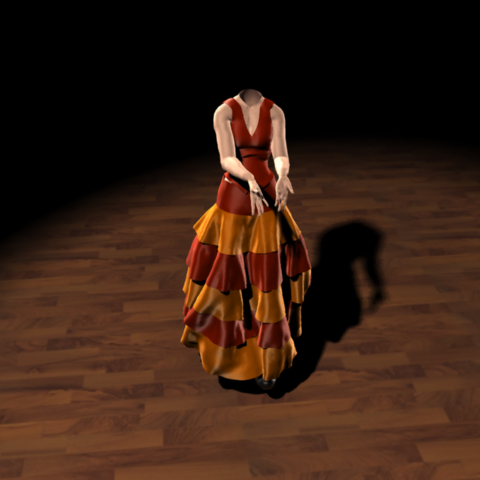 |
 |
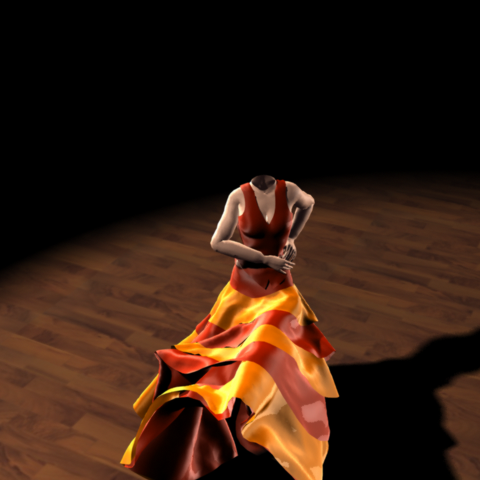 |
Abstract
We present a new approach to accelerate collision detection for deformable
models. Our formulation applies to all triangulated models
and significantly reduces the number of elementary tests between
features of the mesh, i.e., vertices, edges and faces. We introduce
the notion of Representative-Triangles, standard geometric triangles
augmented with mesh feature information and use this representation
to achieve better collision query performance. The resulting
approach can be combined with bounding volume hierarchies and
works well for both inter-object and self-collision detection. We
demonstrate the benefit of Representative-Triangles on continuous
collision detection for cloth simulation and N-body collision scenarios.
We observe up to a one-order of magnitude reduction in feature-pair
tests and up to a 5X improvement in query time.
Paper (in I3D 2008: Symposium on Interactive 3D Graphics and Games) (PDF 2.7 MB)
Slides for I3D 2008 presentation (PDF 4.8 MB)
Benchmarks
Video (36MB - DIVX) -- An appendix of the benchmarks used in the paper
Additional benchmarks.
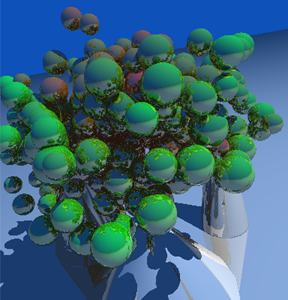 |
 |
 |
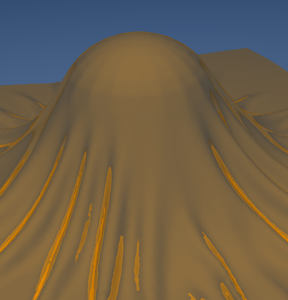 |
 |
 |
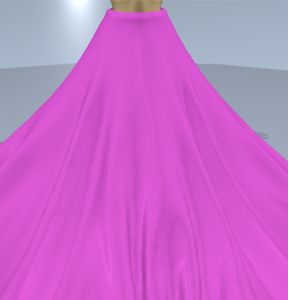 |
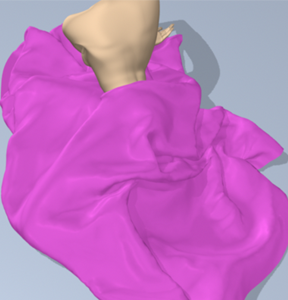 |
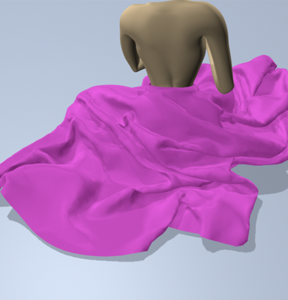 |